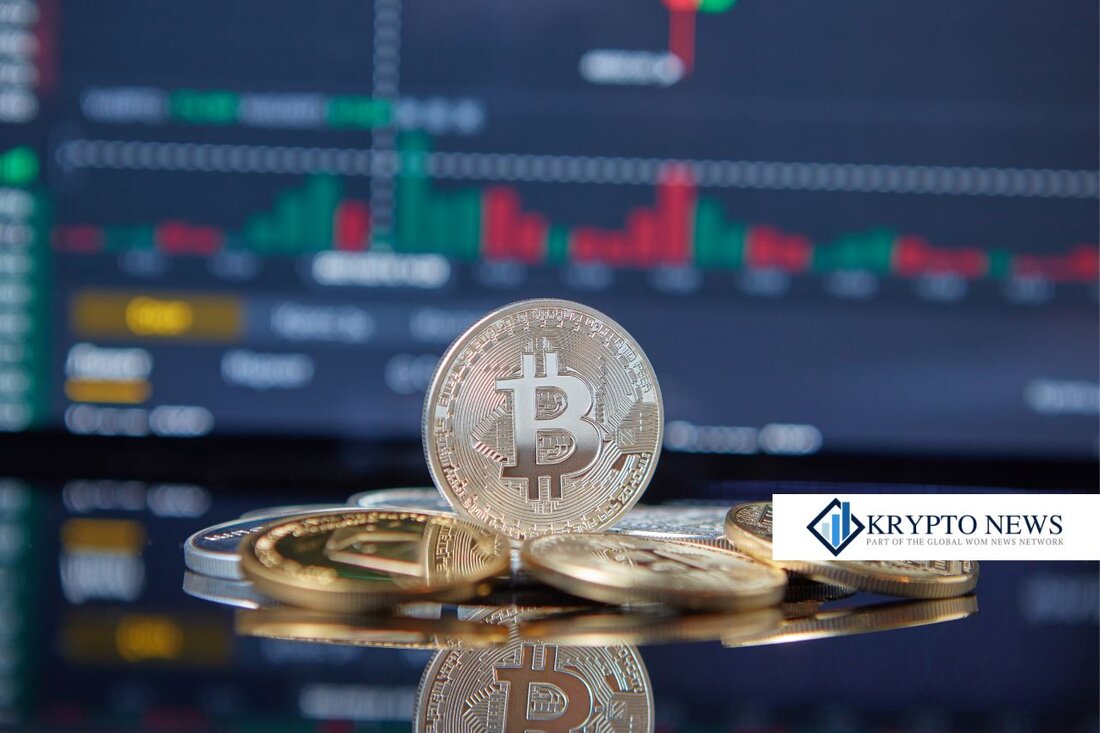Token buybacks are booming: A new trend in the crypto market in 2025!
Chainlink has bought back 463,190 LINK tokens since August, creating a reserve of $10.5 million and increasing the price by 35%.

Token buybacks are booming: A new trend in the crypto market in 2025!
In 2025, the cryptocurrency market is showing a remarkable development: the buyback trend, similar to the best practices on Wall Street. These so-called token buybacks have now become a significant tool for blue-chip altcoins, helping to adjust tokenomics, build reserves or burn tokens. Reports from FXStreet According to him, such buybacks show companies' confidence in their own tokens and limit supply, which has a significant impact on the market.
This practice is not new; Buying back shares on the US stock market is a long-term strategy to give the market a positive signal. A prominent example is Apple, which expanded its buyback program to $110 billion in 2024 and has invested a total of over $735 billion in buybacks. In the crypto space, token buybacks can create artificial demand by reducing the supply of available tokens, which in turn affects liquidity, token price and rewards.
The mechanics of token buybacks
The net change in supply due to buybacks or burns is calculated using the formula: Net change in supply = emissions + token releases − buybacks – burns. Successful buybacks must offset inflation through token releases and distributions to avoid general inflation in tokenomics.
Although token buybacks can provide temporary stability, continuous buying pressure is necessary to ensure a consistent uptrend. Traders are advised to analyze the ratio of buybacks to fully diluted value (FDV) as well as the ratio of buybacks to circulating market capitalization.
Examples and effects of buybacks
Some of the essential examples of current buyback programs include:
- Aave: Initiierte am 9. April ein Rückkaufprogramm und allocierte wöchentlich 1 Million Dollar, was zu einer Ansammlung von 98.830 AAVE-Token im Wert von über 27,18 Millionen Dollar führte.
- Chainlink: Repurchased 463.190 LINK-Token seit August, was ein Reservewert von 10,5 Millionen Dollar erzeugte, wobei der Preis seit Beginn des Rückkaufs um 35 % gestiegen ist.
- Hyperliquid: Allocierte 97 % der Handelsgebühren zum Buyback von HYPE-Token und erwarb 32,37 Millionen Token im Wert von über 1,44 Milliarden Dollar.
- Pump.fun: Hat über 8,295 % des zirkulierenden Angebots durch Rückkäufe angesammelt, was über 135,14 Millionen Dollar entspricht.
- OKB: Brennte 65,25 Millionen Token, was die gesamte Versorgung auf 21 Millionen begrenzte und zu einem Preisanstieg von 125 % führte.
- Shiba Inu: Führt regelmäßig Tokenverbrennungen durch, mit insgesamt 410,75 Billionen SHIB-Token, die aus einer maximalen Versorgung von 999,98 Billionen verbrannt wurden.
According to experts, token buybacks can be used proactively to increase long-term value or defensively during market delays. Sustainable buyback programs are closely related to a project's revenue; However, sudden buybacks could raise skepticism.
For decentralized projects, it might make sense to introduce on-chain voting on the use of the repurchased tokens. The altcoin cycle continues to evolve, placing increasing emphasis on business fundamentals, revenue, and corporate reserve management. Burning repurchased tokens could also contribute to auditability and investor confidence, unlike tokens held off-chain.

 Suche
Suche
